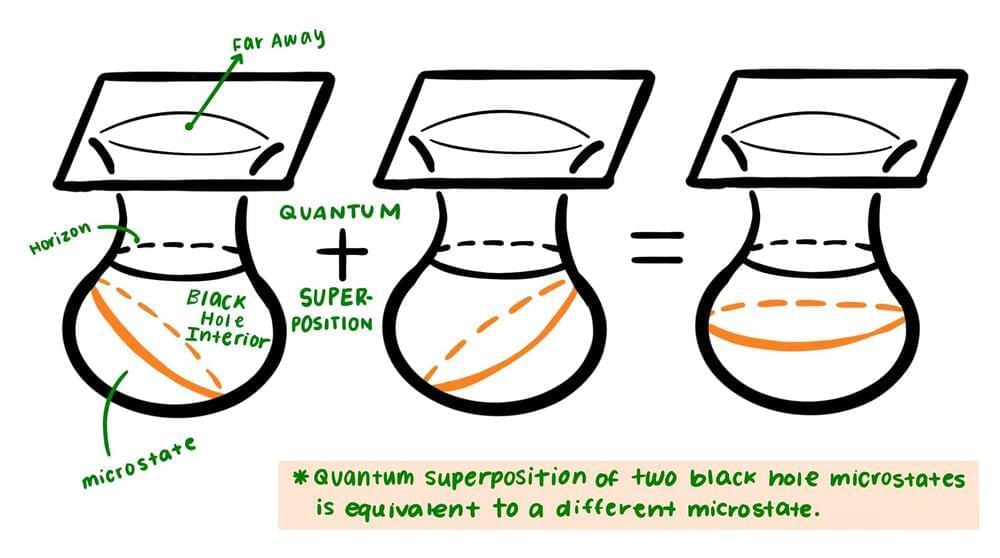Physics as information geometry on causal webs.
Shared with Dropbox.
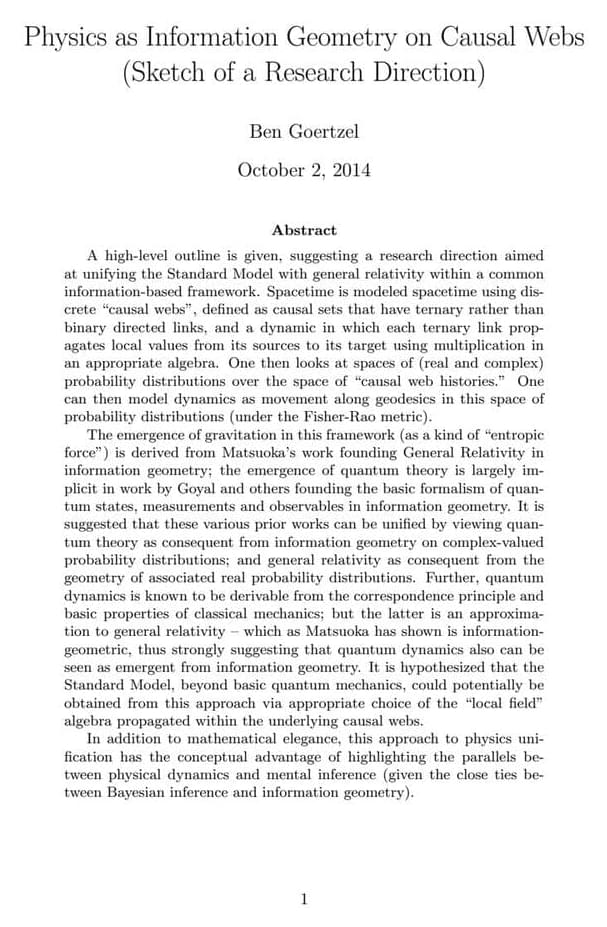

While tantalizing, Alcubierre’s design has a fatal flaw. To provide the necessary distortions of spacetime, the spacecraft must contain some form of exotic matter, typically regarded as matter with negative mass. Negative mass has some conceptual problems that seem to defy our understanding of physics, like the possibility that if you kick a ball that weighs negative 5 kilograms, it will go flying backwards, violating conservation of momentum. Plus, nobody has ever seen any object with negative mass existing in the real universe, ever.
These problems with negative mass have led physicists to propose various versions of “energy conditions” as supplements to general relativity. These aren’t baked into relativity itself, but add-ons needed because general relativity allows things like negative mass that don’t appear to exist in our universe—these energy conditions keep them out of relativity’s equations. They’re scientists’ response to the unsettling fact that vanilla GR allows for things like superluminal motion, but the rest of the universe doesn’t seem to agree.
The energy conditions aren’t experimentally or observationally proven, but they are statements that concord with all observations of the universe, so most physicists take them rather seriously. And until recently, physicists have viewed those energy conditions as making it absolutely 100 percent clear that you can’t build a warp drive, even if you really wanted to.
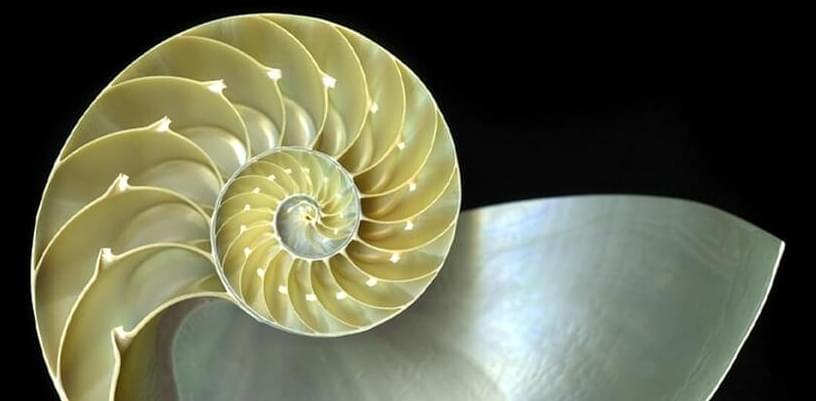
Life appears to require at least some instability. This fact should be considered a biological universality, proposes University of Southern California molecular biologist John Tower.
Biological laws are thought to be rare and describe patterns or organizing principles that appear to be generally ubiquitous. While they can be squishier than the absolutes of math or physics, such rules in biology nevertheless help us better understand the complex processes that govern life.
Most examples we’ve found so far seem to concern themselves with the conservation of materials or energy, and therefore life’s tendency towards stability.
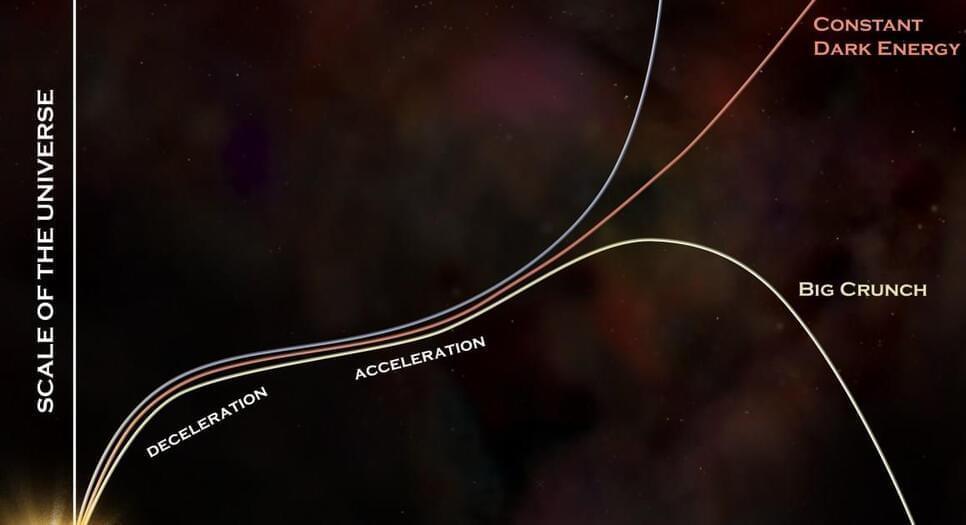
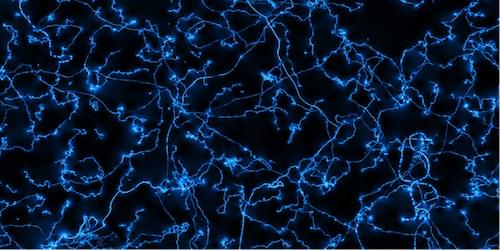

Nuclear physicists have long been working to reveal how the proton gets its spin. Now, a new method that combines experimental data with state-of-the-art calculations has revealed a more detailed picture of spin contributions from the very glue that holds protons together. It also paves the way toward imaging the proton’s 3D structure.
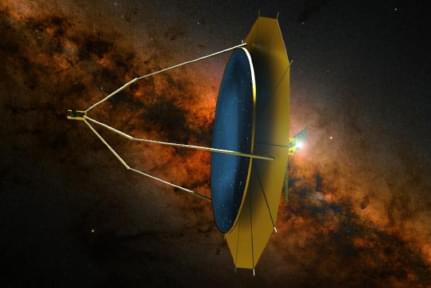
The future of space-based UV/optical/IR astronomy requires ever larger telescopes. The highest priority astrophysics targets, including Earth-like exoplanets, first generation stars, and early galaxies, are all extremely faint, which presents an ongoing challenge for current missions and is the opportunity space for next generation telescopes: larger telescopes are the primary way to address this issue.
With mission costs depending strongly on aperture diameter, scaling current space telescope technologies to aperture sizes beyond 10 m does not appear economically viable. Without a breakthrough in scalable technologies for large telescopes, future advances in astrophysics may slow down or even completely stall. Thus, there is a need for cost-effective solutions to scale space telescopes to larger sizes.
The FLUTE project aims to overcome the limitations of current approaches by paving a path towards space observatories with large aperture, unsegmented liquid primary mirrors, suitable for a variety of astronomical applications. Such mirrors would be created in space via a novel approach based on fluidic shaping in microgravity, which has already been successfully demonstrated in a laboratory neutral buoyancy environment, in parabolic microgravity flights, and aboard the International Space Station (ISS).
Learn science on Brilliant — it’s fast and easy. First 30 days are free and 20% off the annual premium subscription when you use our link ➜ https://brilliant.org/sabine.
I’ve spent too much time thinking about how portals could work in the real world and, yes, I guess that is somewhat weird, but well. From energy conservation to momentum conservation to moving portals, I have it all sorted out for you. And the cake is not a lie.
🤓 Check out my new quiz app ➜ http://quizwithit.com/
💌 Support me on Donorbox ➜ https://donorbox.org/swtg.
📝 Transcripts and written news on Substack ➜ https://sciencewtg.substack.com/
👉 Transcript with links to references on Patreon ➜ / sabine.
📩 Free weekly science newsletter ➜ https://sabinehossenfelder.com/newsle…
👂 Audio only podcast ➜ https://open.spotify.com/show/0MkNfXl…
🔗 Join this channel to get access to perks ➜
/ @sabinehossenfelder.
🖼️ On instagram ➜ / sciencewtg.
00:00 Intro.
01:14 Portals and Wormholes.
02:05 Energy Conservation.
04:47 A Detour to Dark Matter and Back.
07:42 Momentum Conservation.
10:27 Moving Portals.
12:21 Portals Aren’t Flat.
13:45 More Problems.
14:20 Cake.
14:27 Learn Science With Brilliant.
#physics #portals
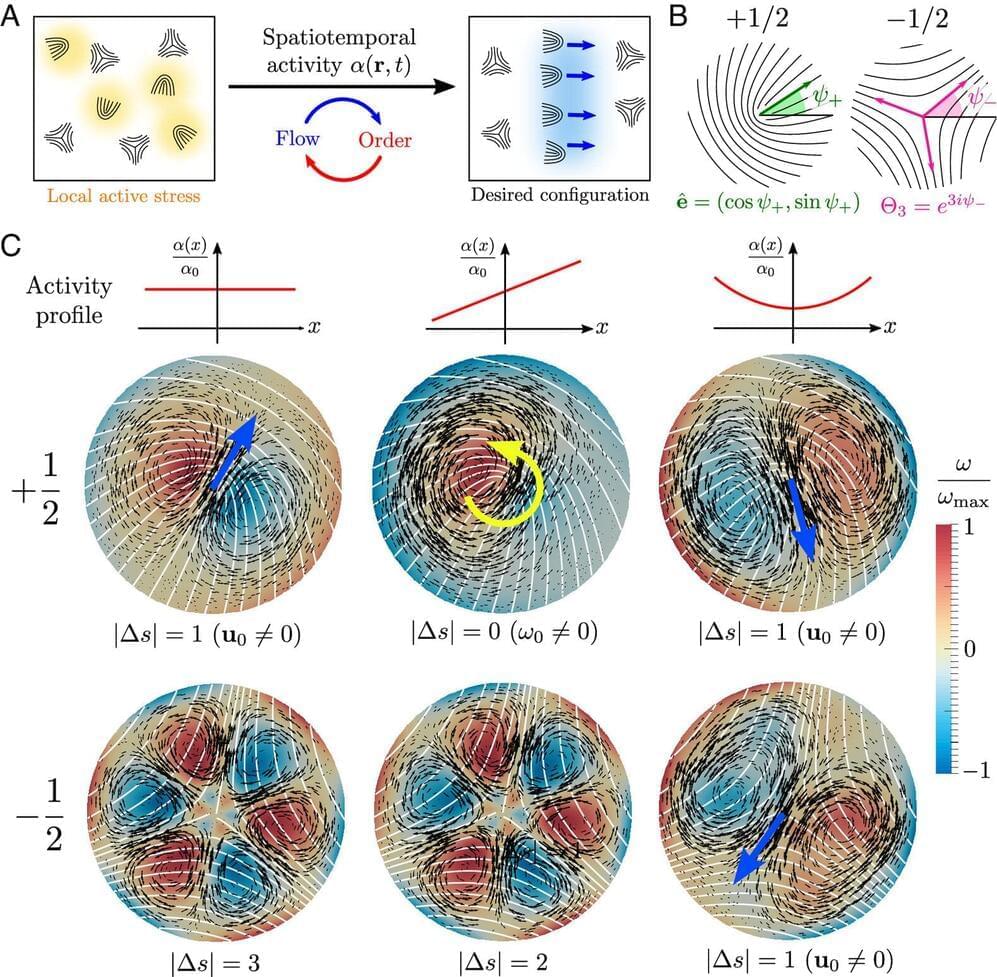
By Morgan Sherburne, University of Michigan
University of Michigan physicists have devised a way to manipulate active fluids, a type of fluid composed of individual units that can propel themselves independently, by taking advantage of topological defects in the fluids.
